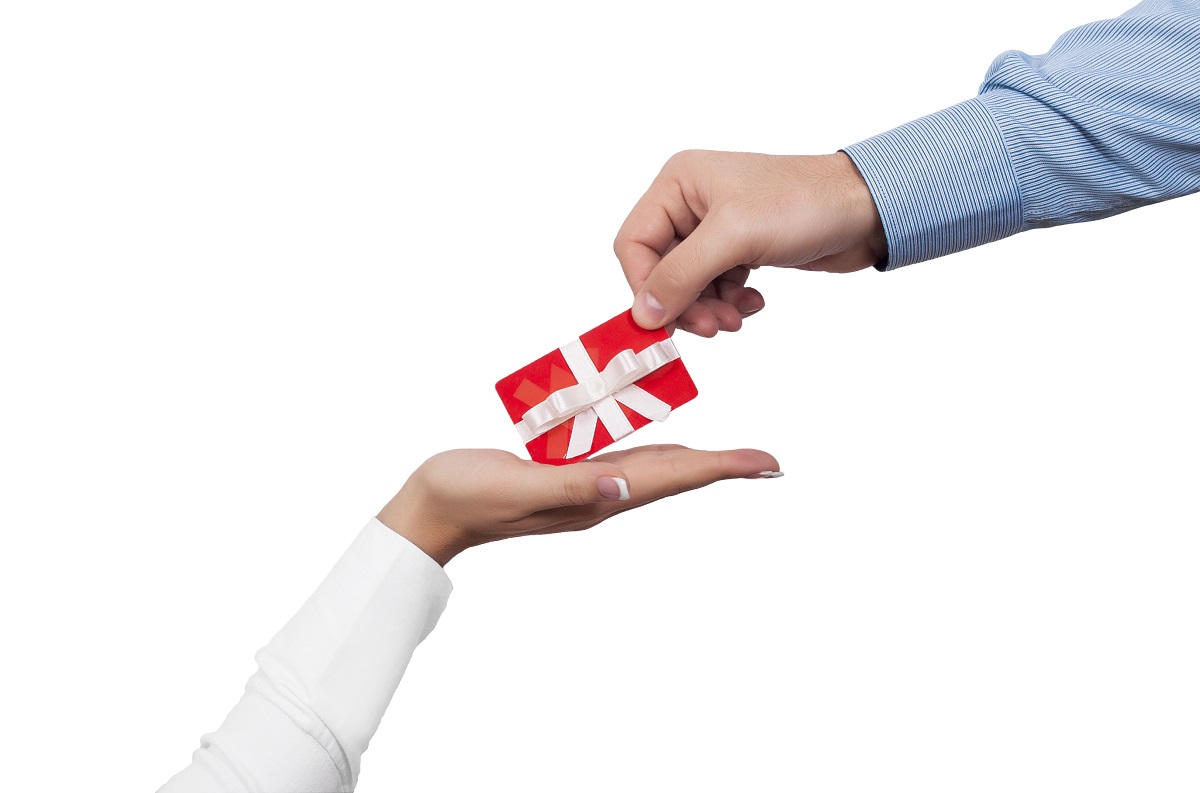Retail is increasingly becoming dominated by e-commerce. More consumers are now shopping online as opposed to driving to and walking into a brick-and-mortar store.
In 2019, more than 227 million people, or 76% of all adults in the United States, purchased a product over the internet. There are 10% of consumers who do not use the internet at which means that 10% of all Americans are buying their necessities exclusively in physical locations rather than e-shops.
The prevalence of e-commerce is expected to increase in the coming years. To survive, retailers need to find ways to go out of their homes and enter a brick and mortar store.
Increase Curb Appeal
The exterior of any store is important. Even a relatively unknown brand can pull consumers forms the street and into their doors.
One study conducted in North Carolina found that 70% of first-time sales happen because of how the store looks from the outside. If the store has an appealing exterior, consumers are more likely to check out the merchandise. If it looks dingy and uninviting, it will hurt the overall image of the brand.
Entrepreneurs should funnel a huge portion of their budget to the storefront design. If there is a lawn, having commercial landscaping services keep things tidy can boost curb appeal. They reseed the grass, trim the bushes, add and care for flowers, and plant trees will make the space look welcoming. A well-maintained lawn breaks the monotony of concrete in an urban area and feels like an oasis in the middle of a desert. It can coax customers to escape the hot sun and come inside the store.
The window display is an important part of marketing, too. It has to be neatly arranged and eye-catching all-year-round. It has the capacity to turn a window-shopper into a paying customer. With that said, the windows should always be cleaned. A dusty glass will make your display and the merchandise dirty, too.
Free Samples Work

When you receive something, you feel compelled to give something in return. That is the psychology of reciprocity and it explains why, in most cases, giving away free samples is an effective way to boost profits, both in-store and online.
Giving away free stuff costs money, but do not be dissuaded. According to a study, offering free samples can raise a store’s profits from 600% to 2,000%. It will be expensive and entrepreneurs have to pay for the cost out-of-pocket but it has an impressive return on investment.
Shoppers may feel pressured to buy a product after taking a free sample if there are other people present at the sampling station. It is not necessarily desire that makes a consumer make a purchase, but guilt. However, either way, the store will be able to persuade consumers to try out their products and increase their profit
Moreover, free samples help consumers make a purchasing decision. If, for example, they are choosing between several options, they may go with the brand that gifted them a freebie rather than make a selection based on price, availability, biases, and other factors.
Buy Now, Regret Later
A sense of urgency can make a consumer, who is still unsure about making a purchase, go up to the till and pay. Many brands are already creating a sense of urgency in their marketing campaigns to boost sales. Others are outright using the phrase “Don’t miss out” in advertising copies to push consumers to buy on impulse.
In 2018, research suggested that 80% of young consumers impulse buy online. The majority of Millennials and Generation Z have made an unplanned purchase online in the past.
The same can be done in brick-and-mortar stores. Having limited time offers that expire soon can create a sense of urgency. You can also notify consumers when the store is running low on supply.
Some even have timers that countdown until a sale end. It makes customers feel like they need to hurry up, or they will lose the chance to take advantage of the promo.
Moreover, having red and yellow in signages captures attention and encourages action. Red stirs excitement. Meanwhile, yellow exudes confidence. Using these colors in store strategically can effectively guide customers into making a purchase.
All these strategies would not work unless entrepreneurs also invest their time, energy, and money toward an effective online and offline marketing campaign. Businesses should ramp up digital marketing, including social media posting and search engine optimization. Copies should also appeal to the consumers’ emotions so that they make a purchase not based on whether they need a product or not, but because they want to.




